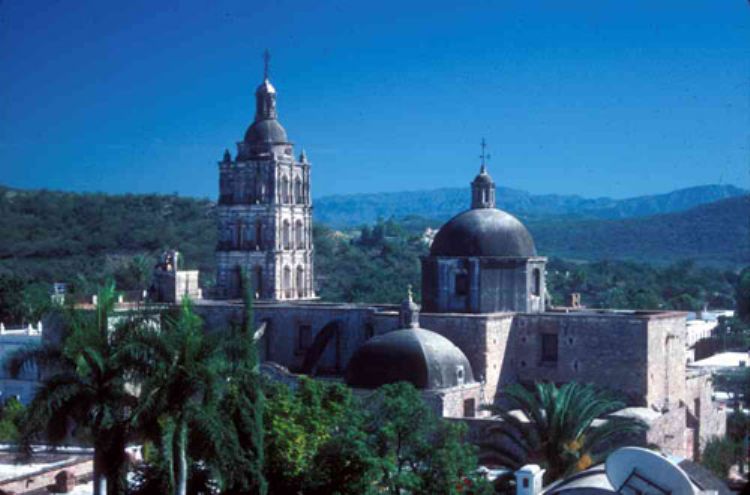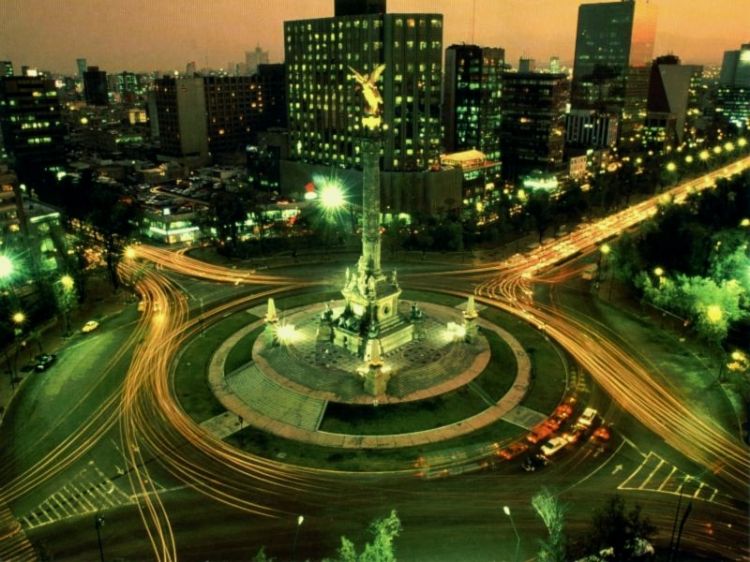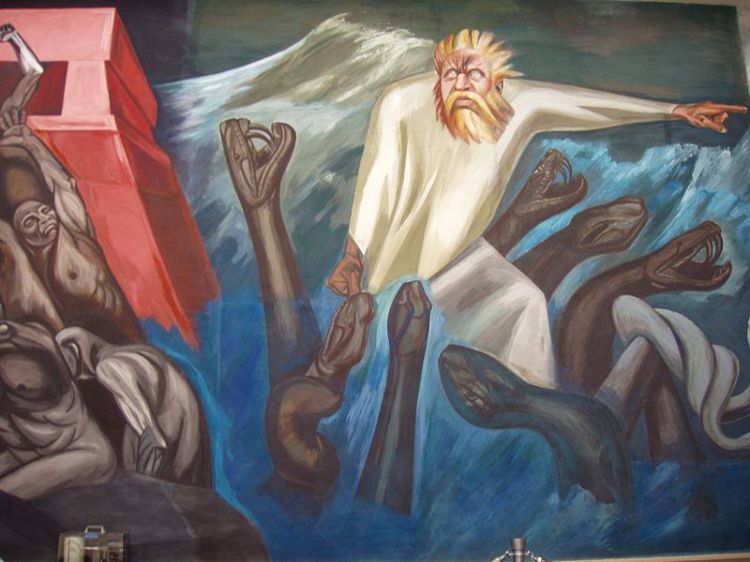Ãlamos Sonora, it's Ancient Splendor

The population of Alamos started to form at the end of the 17th century, after the discovery of important silver mines. It was officially recognized as a city, under the name of Real de los Frailes, on December 8, 1685; and soon became the most important city in the countryâs northeast for its economic, political, social and cultural development. Alamos was an important scenario of the Mexican Revolution at the beginning of the 20th century.
It is located on the southeast of Sonora State, spanning over the sixth largest territory of the State. There are still diverse indigenous communities of Guarijios and Mayos.
Its architectural purity has gained it the recognition as the colonial relic of the State. Its streets are a monument to history with a very peculiar style. Amidst its overwhelming colonial ambience, there are outstanding cobblestone alleys and centuries old buildings that have been conditioned as hotels. Its imposing arcs leading to vast patios have granted it the name of âthe city of portalsâ.
The ancient splendor of this beautiful Sonora corner is still preserved through the pride for its past, for which its citizens receive visitors with special kindness and hospitality. The tourism infrastructure of Alamos is the best in the region and every January, hundreds of spectators gather here for the excellent cultural festival âDr. Alfonso Ortiz Tiradoâ.
Among its multiple an distinguished buildings, tourists marvel at the Purisima Concepcion Church, the most representative symbol of the city. Built in 1757 with three baroque naves, it was the first bishopric seat. Also of special interest is its Plaza de Armas, displaying majestic arcs, cobblestone streets, balconies and dreamlike gardens, where everything seems to have frozen in time; around its 100 year old kiosk, people gather for the city holidays and exhibits.
In order to begin your visit to this magic town, we recommend you board the picturesque train that departs from the Plaza de Arms, so you can get to know the cityâs most interesting sites. As well as going up to the viewpoint located at El Perico Mountain, where you can see the whole Alamos Valley from a beautiful kiosk. You can also take advantage of the wonderful view from the Former Jail, built in 1750.
The Municipal Palace dates from 1899, its structure is suspended on 48 iron columns and offers a beautiful view through great windows and a tower. The Alameda is the traditional gathering spot for its citizens; it is a plaza with stone benches surrounded by impressive poplar trees.
Maria Felix, the legendary diva of Mexican cinemaâs golden years, was born in Alamos. Her former home is currently a hotel hosting a museum that proudly displays her photographs and objects she used in her famous movies.
Other obligated visits for those who want to enjoy this magical city, are the Paseo de Chalatón, Museo Costumbrista, Chuchujaqui Stream and the towns of Minas Nuevas, La Aduana and Promontorios.
Its extraordinary crafts are distinguished by rustic furniture of regional woods, objects made of glass, silver and iron; as well as wool blankets that are handmade by Mayo Indians.
Aduana is an ancient mining center located 10 kilometers from Alamos, offering architectural samples of its past. Because of this townâs great devotion, there is a beautiful church dedicated to the Virgin of Balvanera, the star of an interesting legend regarding the discovery of the mines that gave birth to this town.
The Natural Protected Area of the Alamos-Arroyo Cuchujaqui Mountain Range is located 12 kilometers from the city and is the ideal site for those who enjoy hunting and fishing, among its trees and natural pools you can hunt white-tail deer, wild boar, doves, quails, ducks and hares and fish bass and catfish. Itâs also a pleasure to mountain bike and horseback ride through this beautiful forest.
Alamos has the greatest bird concentration in Sonora. Thanks to the âSonora Joint Ventureâ preservation program that promotes the importance of the thousands of birds that reach this site from the north and south of the continent. Trained guides can lead you through interesting paths so you can get to know these beautiful species.
Artículo Producido por el Equipo Editorial Explorando México.
Copyright Explorando México, Todos los Derechos Reservados.
Foto: PueblosMagicos.com






.jpg)